What No One Tells You About Injectables
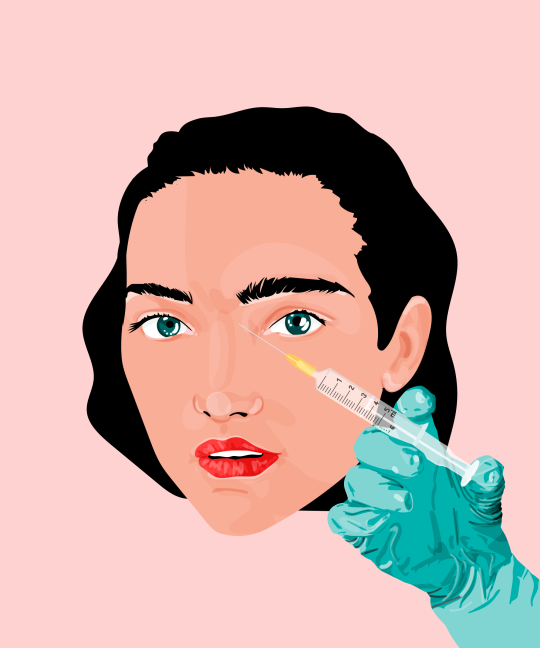
Injectables can be a tricky topic, due in part to the fact that everyone has an opinion about them — and is willing to share it. (For proof, take a quick scroll through the comments section of just about any celeb Instagram selfie. Sigh.) But while the world is so quick to play the guessing game of “did she” or “didn’t she” when it comes to others’ cosmetic pursuits, we often shy away from discussing our own. Maybe it’s because we want to keep our beauty secrets just that — secret. Or maybe it’s because less than 40% of us are comfortable talking about our options with healthcare specialists in the first place. But we believe that you can do whatever you want with your face — after all, it’s your face — and have the necessary conversations to make an informed decision about it.
Related: This Is What Female-Directed Porn Looks Like
While cosmetic tweaks are a very personal choice, it’s important to get into the nitty-gritty with your doctor before taking the plunge. The world of wrinkle-fighting and plumping injectables can get overwhelming fast, especially if it’s your first time considering going under the needle. So, we talked to experts to find out the most important questions to ask when you show up for the consultation. Whether you’re interested in a between-the-brow, frown-line-relaxing neurotoxin, like Dysport*, or curious about plumping your lips, don’t forget to ask the six questions ahead.
Related: What Going Paleo Did To My Body
*Dysport is a prescription injection for temporary improvement in the look of moderate to severe frown lines between the eyebrows (glabellar lines) in adults less than 65 years of age. Please read full Important Safety Information, including Distant Spread of Toxin Effect Warning, here.
Paid for by Dysport.
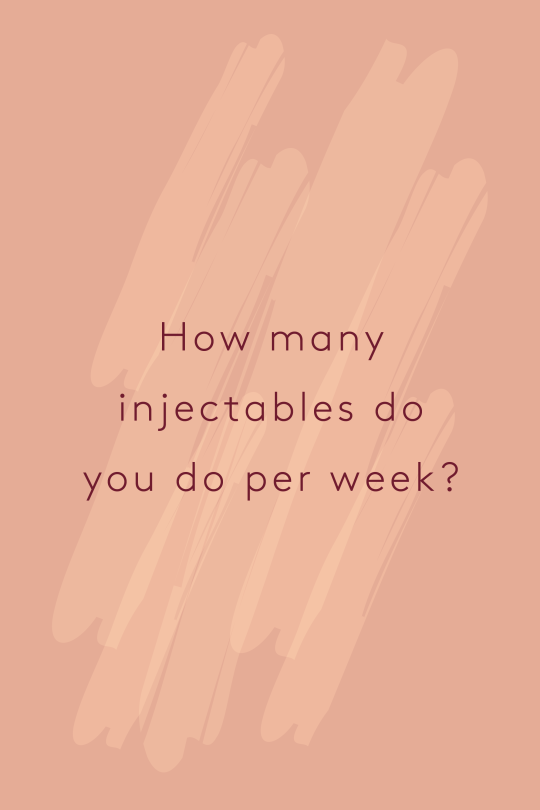
Depending on your state’s law, you can go to a plastic surgeon, nurse practitioner, or dermatologist for injections. But not all of them are created equal. Some specialize in, say, skin cancer, while others focus on cosmetic procedures. Obviously, going to the latter (often called cosmetic or aesthetic dermatologists) is the right move for injections. “There are so many treatment options these days,” explains Dr. Frank. “Patients should go to someone who has experience in all the injectables out there.” And since practice makes perfect — clichéd but, in this case, totally true — finding a doc who uses injectables 24/7 ensures you get the most natural-looking result.
Related: Which Kylie Lip Kit Is Right For YOUR Skin Tone?
*Please see full Important Safety Information, including Distant Spread of Toxin Effect Boxed Warning, on first slide.

We can get down with a budget — but now is not the time to score a great deal. Crazy discounts or buy-two-injections-get-one-free offers sound tempting, but there’s usually a reason they’re so cheap. Sometimes, the doctor in question may be less experienced or not even board-certified. Does that really matter? Yes, since you risk not getting the result you want, which is a big deal when your face is on the line. “There’s definitely an artistry behind the needles,” says Marina Peredo, MD, a dermatologist in Smithtown, NY. “Don’t chase the lower price.” Being board-certified is a standard qualification among dermatologists and an easy way to confirm that you’re in good hands.
Related: 10 Easy AF Halloween Costumes
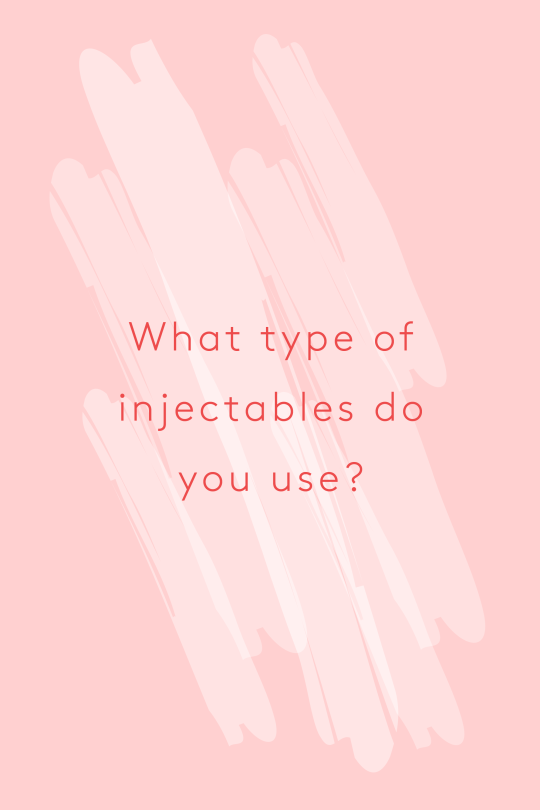
While some branded injections don’t require an introduction, there are a ton of perfectly good ones you might have never heard of before. Bottom line: It’s not like one type is better than the other, so ask your doctor about which injection is right for you. “There are so many options, but there’s no ‘best,’” says NYC-based cosmetic dermatologist Paul Jarrod Frank, MD. Different injections just offer different things, whether that’s the areas they treat or how long they last. There are also quite a few treatments that fall under the injectables category. Here’s what should be on your radar:
Related: The Best Way To Get Rid Of Acne Scars
Botulinum toxin injections: Also known as a neurotoxin, these basically relax the muscles and facial expressions to soften the look of deep lines. Dysport, for instance, is botulinum toxin, and it softens the frown lines between your eyebrows. The result is smoother skin that looks natural, not frozen.
Hyaluronic acid filler: Its namesake is the star of this show, since hyaluronic acid can carry up to 1,000 times its weight in water to plump and smooth skin. These fillers can be used in the cheeks, around the mouth, and in the lips (where they even have a hydrating effect).
Polylactic acid filler: A type of filler known as a stimulator, polylactic acid kick-starts your body’s production of collagen to fill out laugh lines. Since it works by harnessing your body’s own collagen-creating process, the effects take longer to show than with other fillers.
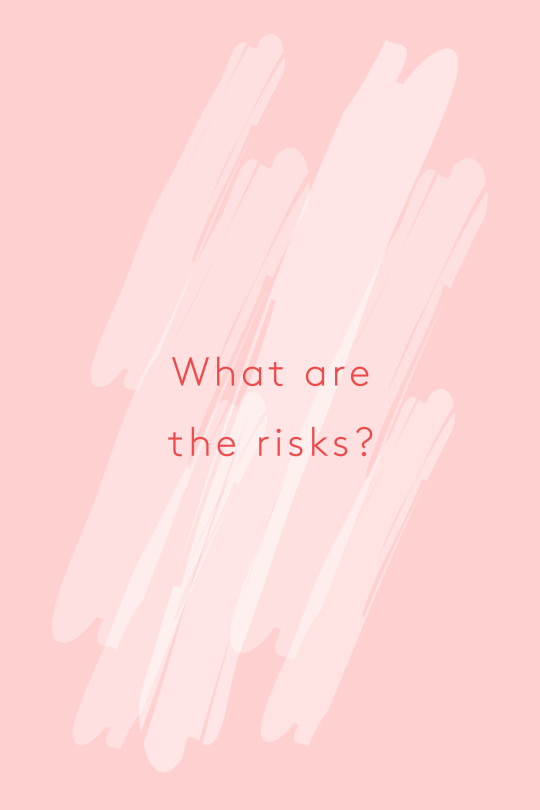
Like any other medical procedure, there are risks involved with injectables, like bruising, bleeding, and, more rarely, scarring. The odds are pretty slim, but they’re there. “Be cautious of doctors who promise too much,” warns Dr. Frank. That includes those who are quick to tell you that there’s no downtime. With injectables, you can be sure of three things, according to Dr. Frank: There are risks, there’s recovery involved, and there’s no treatment out there that instantly makes things disappear. Since the post-procedure care varies depending on the type of injection you received (botulinum toxin injections require minimal recovery, for example), be sure to get the full 411 from your doctor, first.
Related: Banish Blackheads With These Tricks
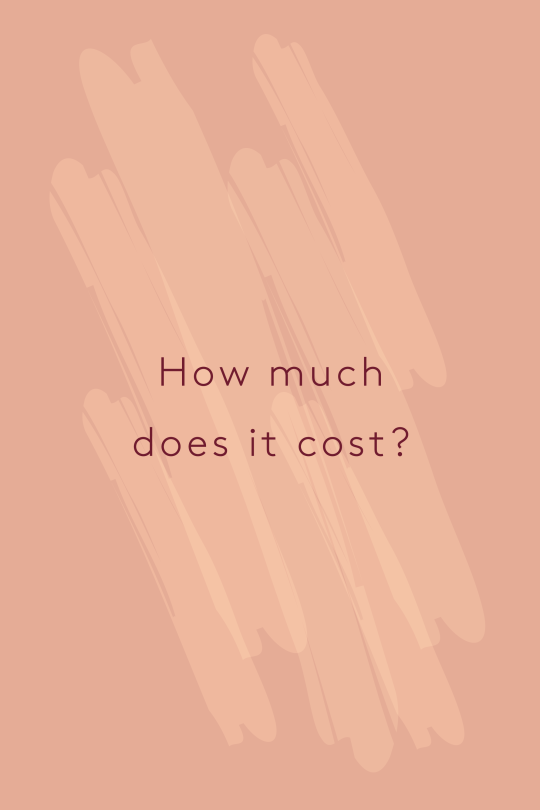
We know, we know: We’re raining on your injectables parade. But insurance companies usually won’t cover them, so if you have a budget, it’s essential to get an estimate of the cost before making the appointment. In many cases, the standard pricing of injectables is by the unit, though some doctors price them according to the area of the face. The average cost of injectables ranges anywhere from $200 (for a small area) to $1,500 (complex fillers), depending on where you live and what you need. Is it an investment? Definitely. But is it worth it? That’s one question you’ll need to ask yourself.

Here’s the thing: Unless you happen to be an injection wizard, you’re not going to have an expert understanding of which tweaks will have the most payoff. So even if the little crease near your right eye is driving you nuts, it may not necessarily be the top priority for your doctor. “I always ask my patients what they want — but I’m also going to tell them what I think they need,” says Dr. Frank. Obviously, you can (and should!) point out what’s bugging you, but it’s better to hold off until after the doc has offered his or her perspective.
By: Deanna Pai
